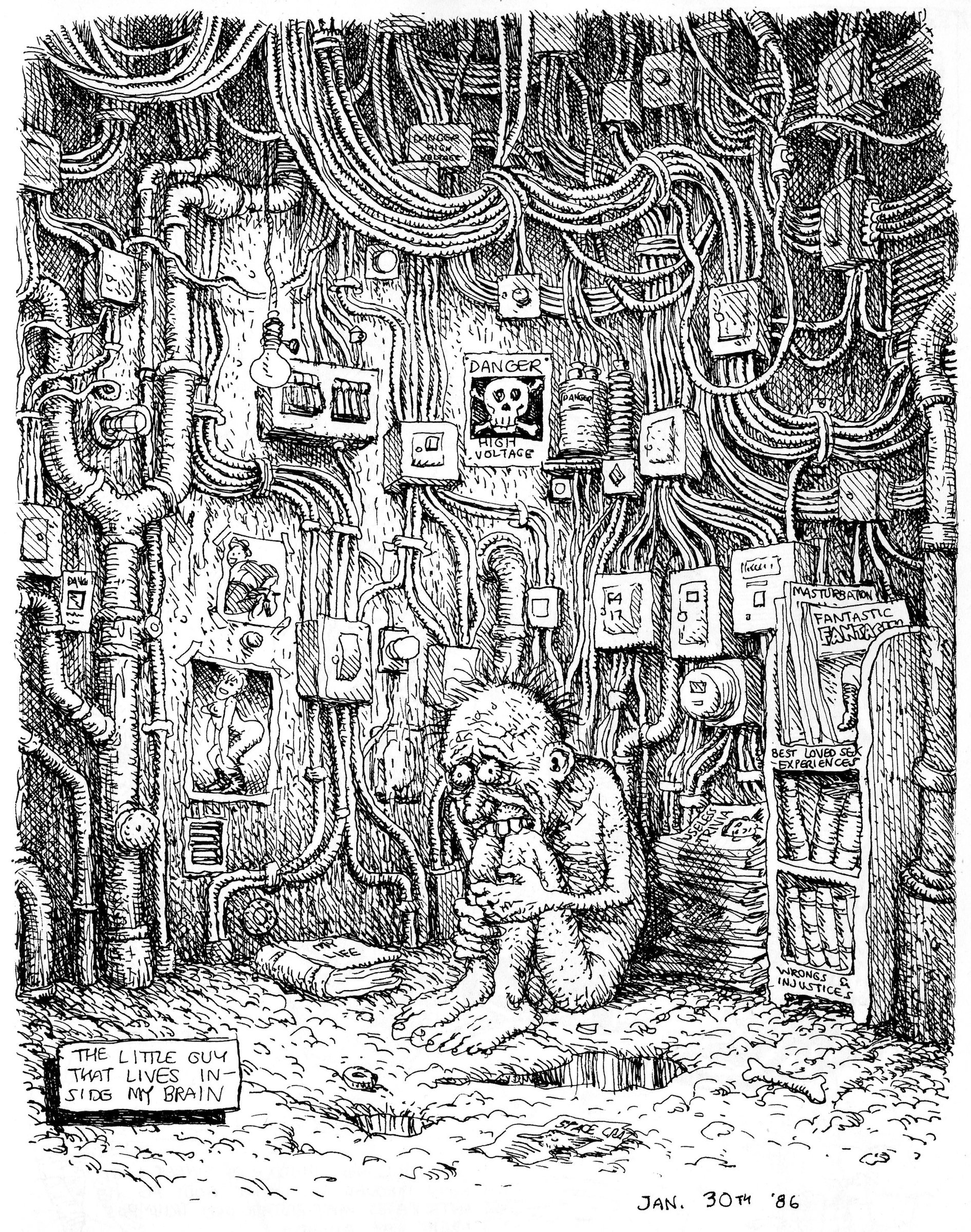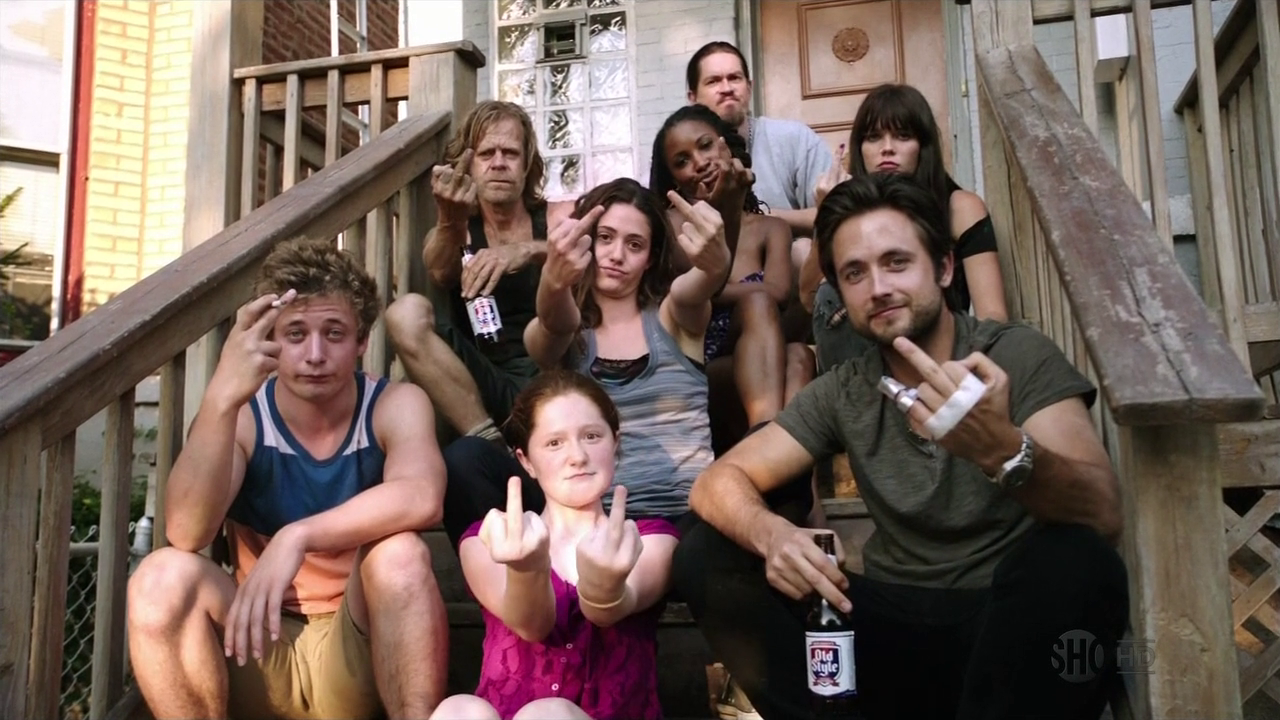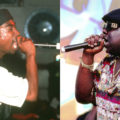
Between the years of 1970-2005, Samuel Little murdered an estimate of 93 victims. This makes him one of the most prolific serial killers to exist. In 2012 he was arrested on a drug charge that would lead to one of the most shocking plot twists in United States criminal history. DNA evidence would connect little to three unsolved murders in California. The murders dated back to the 1980s. He then was convicted in 2014 where he held a life sentence without parole. He did not confess to the other killings until he was incarcerated. The FBI listed information about Little into the “Violent Criminal Apprehension Program”. After this authorities found strong links to other unsolved murders during his recorded movements. Little received two additional life sentences after pleading guilty to four more murders. In 2018, Samuel Little confessed to Texas Ranger, James Holland about his sins. He then would describe all 93 killings in great detail. Holland then provided Little with art tools to draw out all the victims he could remember. The FBI posted these drawings and urged people to offer any information they had. Little could provide the FBI with a map of the killings and incredibly specific details of all the young women he either stabbed or strangled to death. With this information, the FBI could confirm 60 of his killings.

Samuel Little’s murder case is no ordinary one. The most shocking factor is how he could remember all his victims in such detail. Little, who claimed to have always had a passion for drawing, was able to sketch many of his victims. These murders spanned three decades, and he could still recall it. Another key part about this case is how freighting the drawings are. Just knowing that a prolific serial killer drew and killed all those people makes the drawings terrifying. There is a sense of lifelessness in the eyes of the victims. In an interview with The New York Times, he says, “I live in my mind now. With my babies [victims]. In my drawings. The only things I was ever good at was drawing and fighting” (Little). The FBI was quite successful in posting the drawings and could identify some of the young women by other confessions. Since some women have not yet been recognized, the FBI webpage is still operational. Although the authorities believe Little is telling the truth with the number of women he killed because he has yet to lie, they claim. Using art in this criminal case is interesting. It catches the viewer’s attention immediately. These pictures were real people who lived real lives who didn’t deserve to die that way. Little targeted prostitutes and women who were on drugs. That is why all the killings went unnoticed for so long. These women faced immense struggles and were never given a fair chance. These people lived on the edge of society and met a horrifying fate. Local authorities often even classified the deaths as accidental or as drug overdoses. Society failed these women. Some still don’t have the justice they deserve as their families don’t know the truth still to this day.
In 2020, Samuel Little died of heart conditions in a California prison. James Holland described Little as both a “sociopath and a genius”. Little would only ever open up to Holland about the murders that took place. There was never a logical reason this is. Little even confessed to Holland that he hoped his confessions would help exonerate anyone wrong convicted of his crimes. Which is a surprisingly friendly comment considering he heartlessly murdered 93 women. The drawings and artistic choices he made are what is most notable to this case. However, the victims should be the major priority. They did not deserve what happened to them. The vibrant colorful drawings are a clear juxtaposition for the haunting message underneath. The vibrant hues can be characterized as lively and joyful. This contrasts with the actual message of death and horror. Little’s drawings were used to help find justice for the victims. Some may never get the justice they deserve. But the FBI remains to look for any more information posted and continues to review the case. This case highlights the connection between art and crime. As technology continues to advance, there is hope that one day the unidentified victims will receive the justice they deserve.







This article does a powerful job of showing not just the horrifying scope of Samuel Little’s crimes, but also the haunting way art became part of the investigation. The focus on his drawings emphasizes the humanity of the victims, reminding readers that they were real people whose lives were unjustly taken. It also highlights how society’s neglect of marginalized women allowed these crimes to go unnoticed for so long, making the case not only about one killer but also about systemic failure.
I think it is interesting that the two things he said he was good at are crime and art. To think that maybe if he channeled his passions to the latter, the lives of those 93 victims could’ve turned out completely different. The point about the drawings of lifeless eyes makes me wonder if he reflected himself in the eyes of his “babies”. While these drawings brought justice to the victims’ families, it is also brought Little joy, reminiscing on the memories he kept so vivid. I typically have seen lots of media on serial killers but I’ve never heard of these cases so it was interesting to learn more about them.
Reading this story gave me chills and made me feel sympathy for each victim. Samuel Little’s case really made me think about how much society overlooks certain people. The fact that he could remember every detail of his victims and even draw them is haunting, but what’s worse is how many of these women were ignored because they struggled with poverty or addiction. It’s heartbreaking to know their deaths were dismissed, which allowed Little to keep killing for so long. While his confessions and drawings have helped bring closure to some families, many victims may never get justice. It’s a sad reminder of how easily people can be forgotten, and it makes me wonder how we can do better to protect and value everyone.
This was a really interesting and unsettling article. I had heard about the Samuel Little case before but never knew about how he drew each of his victims. I agree with you that it is shocking how Little was able to draw his victims with enough accuracy that the FBI could identify them. I wonder about the reasoning for this — was it because he felt guilty about their deaths and the images of their faces were engrained into his brain, or was it for a much darker reason? The overlap between art and crime is stark clear in this case, and I also wonder if the murders were, in a way, an artistic expression to Little since he was passionate about art. I found it surprising that Little would only open up to Holland about the murders, and I feel like there must be some deeper meaning and reasoning behind it. I’m curious to learn more about this, and see if it was due to Holland’s talent and manipulation at prompting Little to confess, or if Little had a reasoning behind opening up to Holland. Overall, this was an incredibly interesting read, and it made me want to do more research about the case!